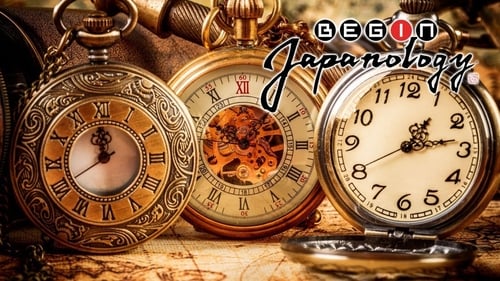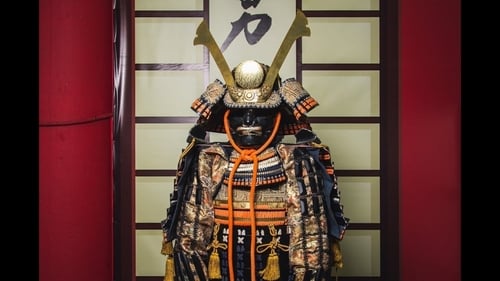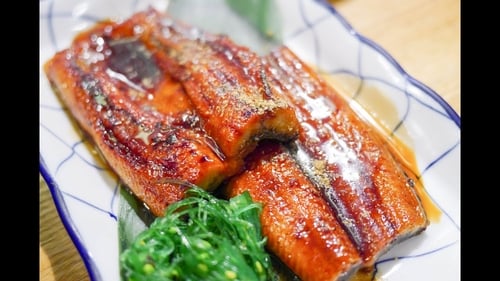
Documentary

The Best Episodes of Begin Japanology Season 4
Every episode of Begin Japanology Season 4 ranked from best to worst. Discover the Best Episodes of Begin Japanology Season 4!

The Best Episodes of Begin Japanology Season 4
Documentary
Every episode of Begin Japanology Season 4 ranked from best to worst. Discover the Best Episodes of Begin Japanology Season 4!
BEGIN Japanology invites you into the world of Japanese culture, both traditional and modern, explaining how traditions evolved and the part they still play today...
Seasons7
Season 4 Ratings Summary
"Mochi Rice Cake" is the best rated episode of "Begin Japanology" season 4. It scored /10 based on 0 votes. Directed by Unknown and written by Unknown, it aired on 1/13/2011. This episode is rated 0.0 points higher than the second-best, "Watches and Clocks".




